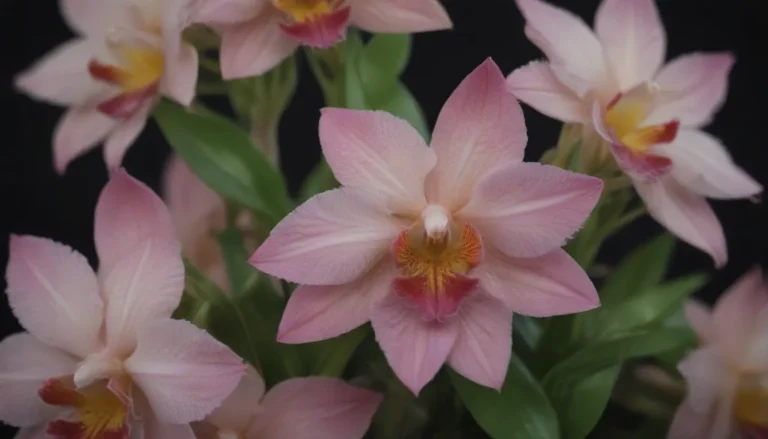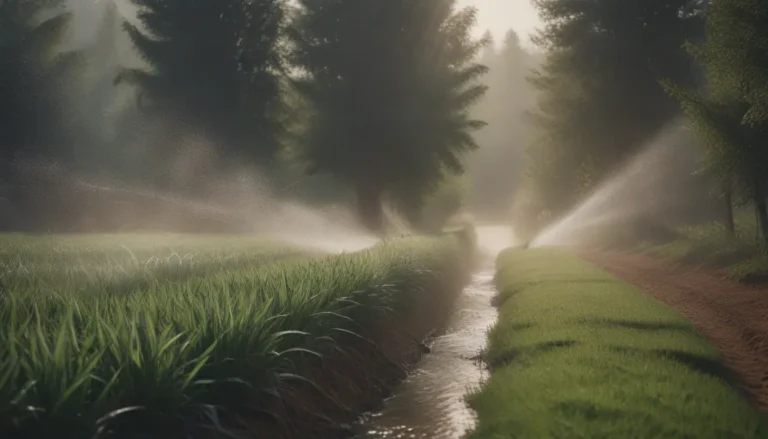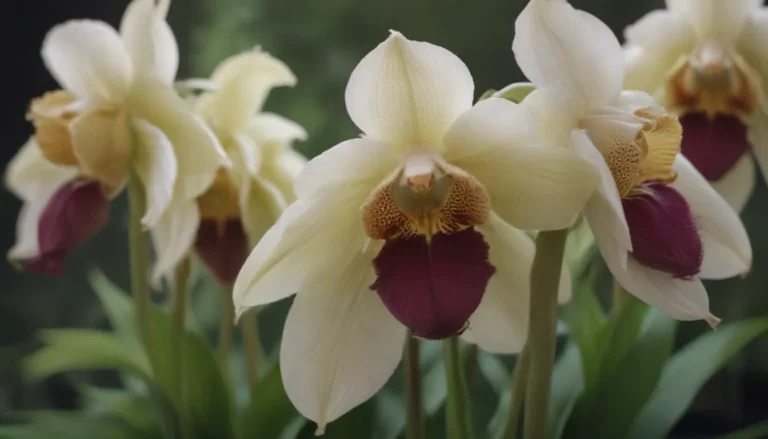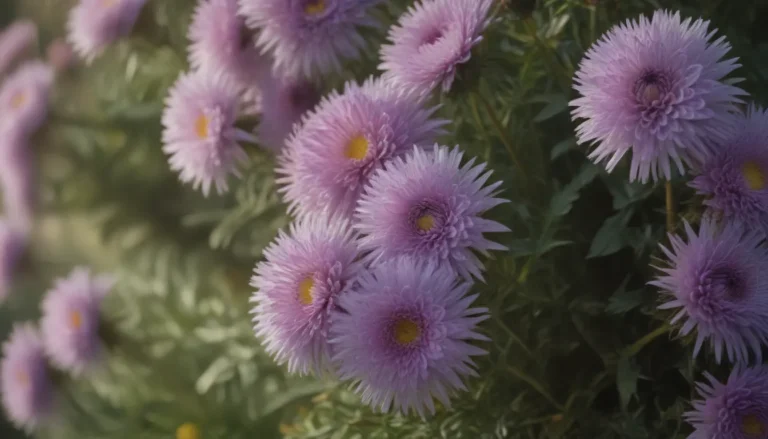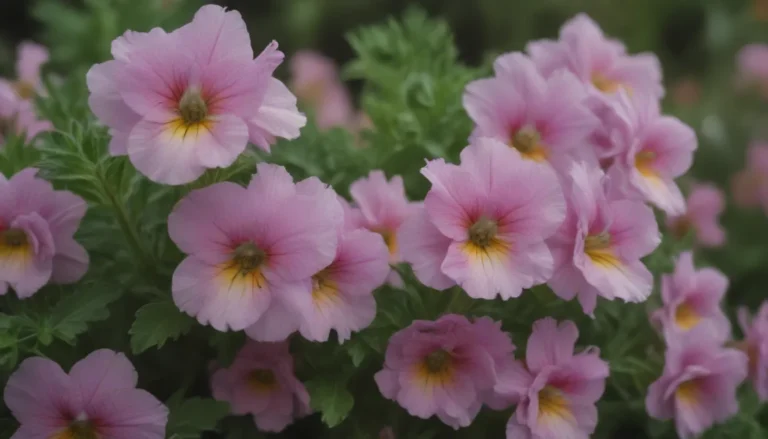Comprehensive Guide on Growing and Caring for Hoptree
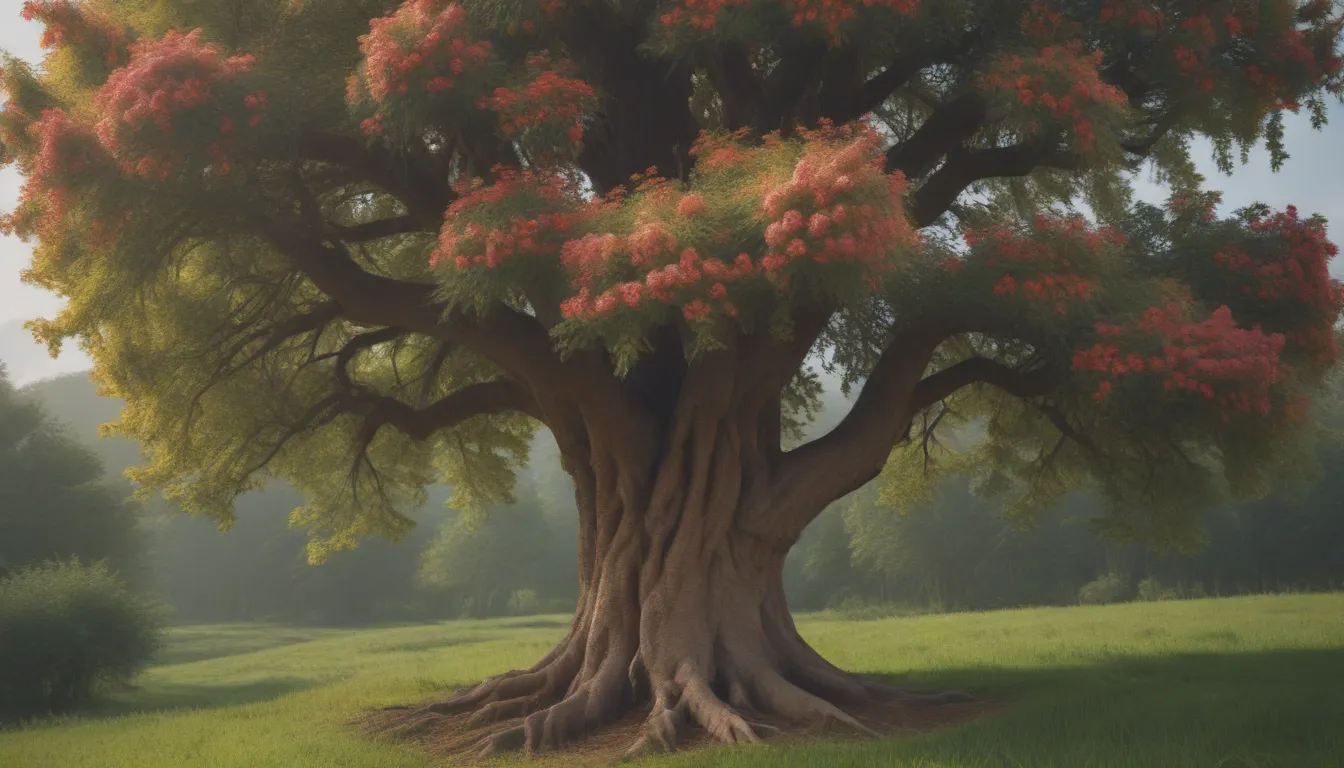
Are you looking to add a versatile and low-maintenance shrub to your garden that attracts beautiful butterflies? Look no further than the hoptree, a deciduous plant that serves as the primary host for the giant swallowtail, North America’s largest butterfly. In this in-depth guide, we will explore everything you need to know about growing and caring for hoptree, from light and soil requirements to propagation and common pests.
Introducing the Hoptree
The hoptree, also known as Ptelea trifoliata, is a resilient shrub native to North America. It thrives in a variety of growing conditions and is relatively easy to maintain. Here are some key points about the hoptree:
- Light: Hoptree prefers partial sunlight but can tolerate shadier or sunnier conditions, depending on moisture levels.
- Soil: This plant grows well in various soil types, but it thrives in loamy soil with good drainage and neutral pH.
- Water: While drought-tolerant once established, young hoptree shrubs require consistent moisture.
- Temperature and Humidity: Hoptree can withstand a wide range of temperatures but may suffer from frost damage. Good airflow helps prevent fungal diseases in humid climates.
- Fertilizer: Organic-rich soil is ideal for hoptree, but occasional compost additions should be sufficient.
Hoptree Care Tips
Caring for hoptree is relatively straightforward, thanks to its adaptability to different conditions. Here are some essential tips for keeping your hoptree healthy and thriving:
- Light: Place your hoptree in a spot that receives partial sunlight, diffused by taller trees. Avoid harsh afternoon sun to prevent leaf scorching.
- Soil: Choose loamy soil with good drainage and neutral pH for optimal growth.
- Water: While mature hoptrees are drought-tolerant, young shrubs require consistent moisture. Mulch the base to retain soil moisture.
- Temperature and Humidity: Monitor for frost damage in spring and ensure good airflow in humid conditions to prevent fungal diseases.
- Fertilizer: Maintain organic-rich soil with compost additions as needed. Conduct a soil test before applying any fertilizers.
Types of Hoptree Varieties
Various hoptree varieties offer unique appearances and characteristics, including:
- **P. trifoliata ‘Aurea’
- **P. trifoliata ‘Glauca’
- **P. trifoliata ‘Fastigiata’
Pruning and Propagating Hoptree
Pruning hoptree is minimal, requiring occasional shaping during the winter dormancy period. To encourage branching, cut back stems by one-third above a leaf node. Propagation can be done through softwood cuttings or seeds, with the seed method being more involved.
Common Pests and Plant Diseases
Hoptree is relatively resistant to diseases but may occasionally face issues like rust or leaf spot. Tree hoppers, unique insects that feed on tree sap, are usually harmless to the plant. Embrace the presence of butterfly caterpillars on hoptree, as they contribute to the ecosystem without causing significant damage.
Encouraging Blooms and Fruit Production
Hoptree blooms in spring or early summer with small clusters of unassuming flowers that attract pollinators. To ensure blooming success, consider the following tips:
- Bloom Months: Hoptree typically blooms in May or June, depending on the growing zone.
- Flower Appearance: While hoptree flowers are not showy, their unique scent attracts pollinators.
- Encouraging Blooms: Evaluate the tree’s overall health and address any issues to promote blooming.
- Fruit Production: After flowering, hoptree produces flat wafer-like fruits containing a single seed. These seeds attract wildlife and were historically used as a hop substitute in beer brewing.
Conclusion
In conclusion, hoptree is a valuable addition to any garden, providing habitat for butterflies and wildlife while requiring minimal maintenance. By following the care tips outlined in this guide, you can enjoy the beauty of hoptree blooms and contribute to a thriving ecosystem in your backyard. Embrace the unique qualities of hoptree and watch as it flourishes in your garden.
